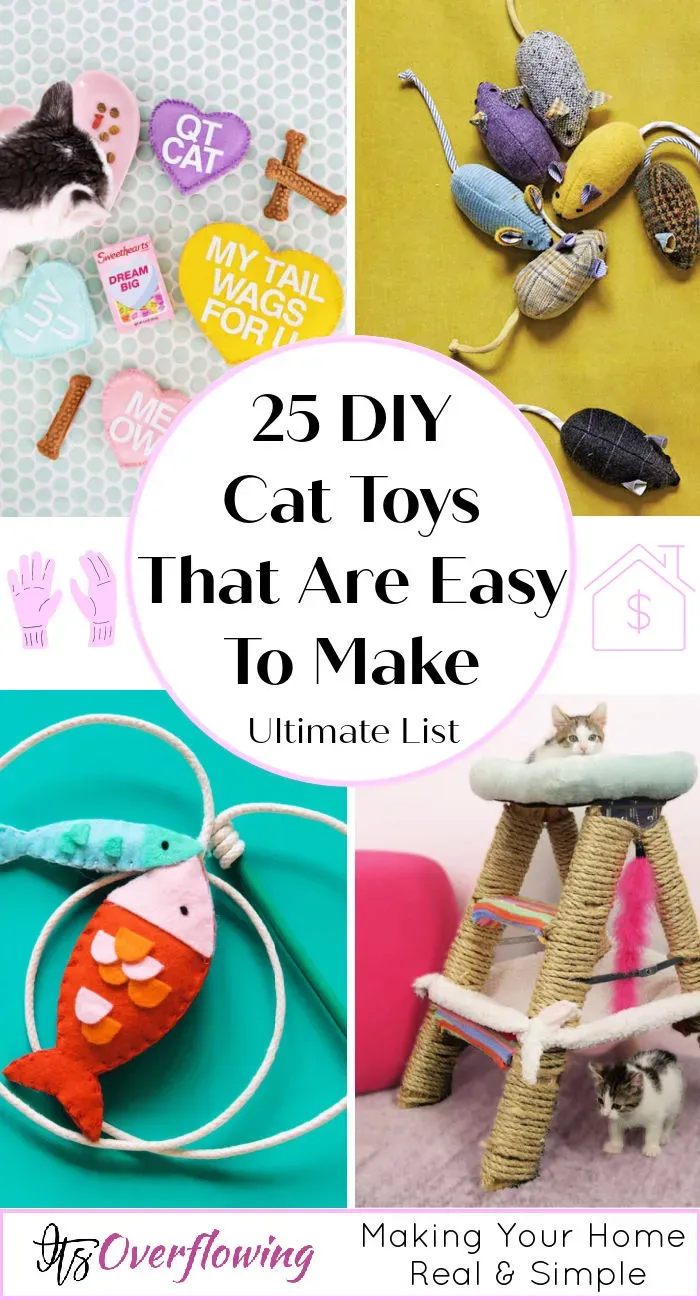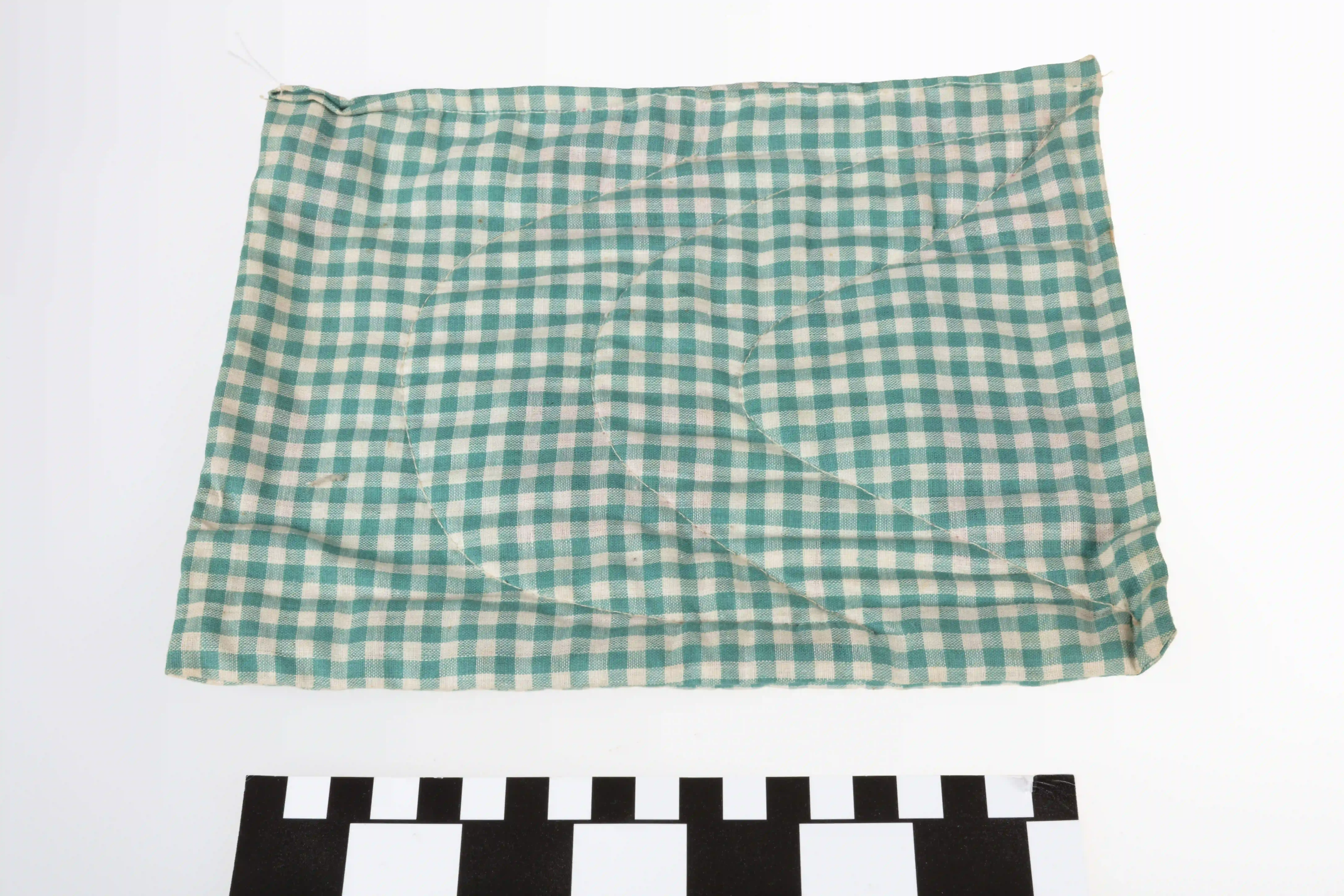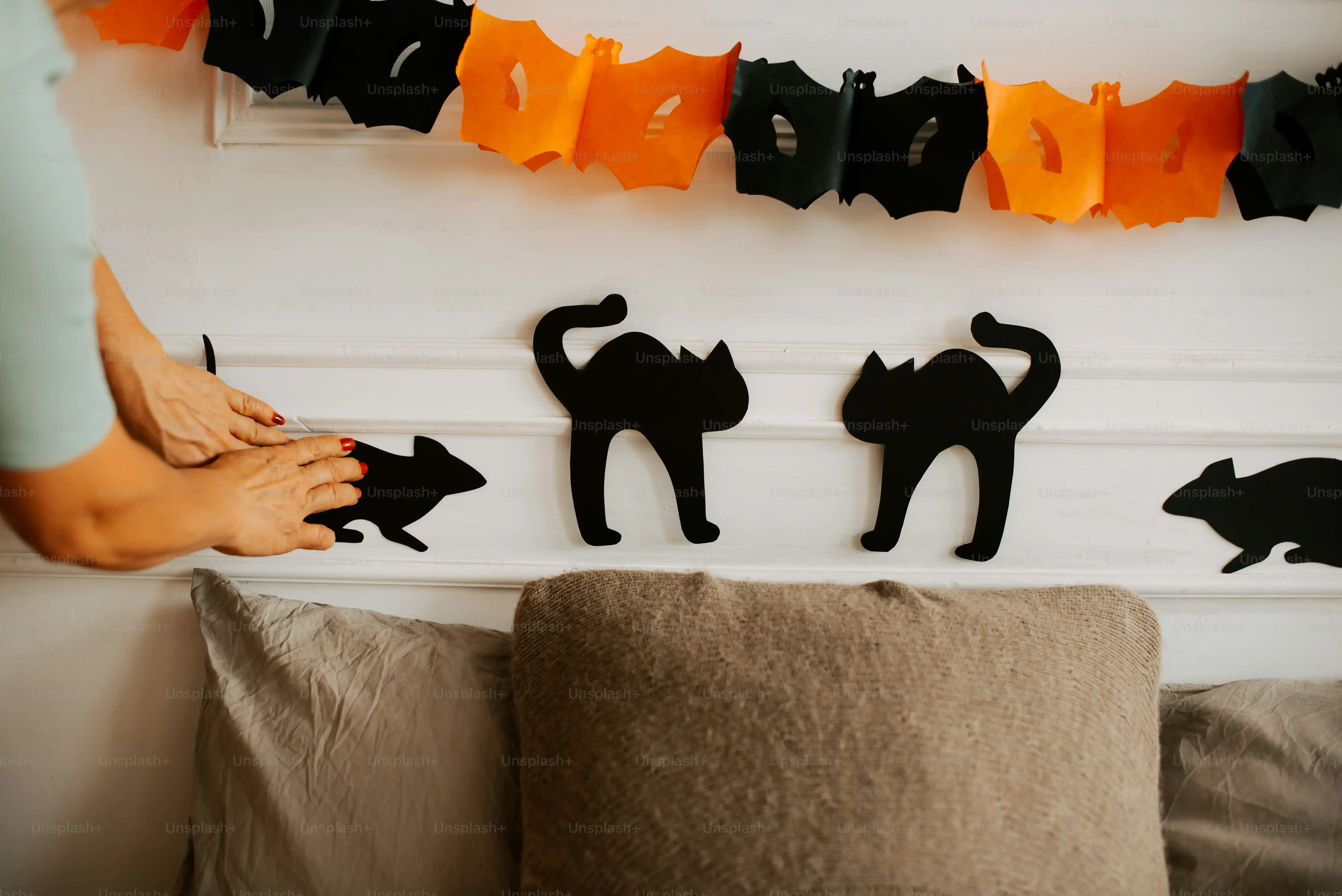Table of Contents
Let's be honest. You buy your cat that fancy, expensive toy shaped like a mouse, complete with catnip and realistic whiskers. They sniff it once, maybe bat it under the sofa, and then spend the next hour batting around a crumpled receipt. Sound familiar? Cat toys can be a racket, often ignored faster than you can say "purr." But what if you could bypass the pet store aisle and create something your feline overlord actually finds interesting, using stuff you already have? That's where the magic of cat toys homemade comes in.
Why Go DIY? The Perks of Cat Toys Homemade

Why Go DIY? The Perks of Cat Toys Homemade
Saving Your Wallet (And the Planet)
Let's talk money. Walk into any pet supply store and you'll see rows and rows of brightly colored cat toys, often with price tags that seem wildly out of proportion for something destined to be shredded or lost under the fridge. Making cat toys homemade cuts that cost down to practically nothing. You're using scraps, things you'd otherwise toss, giving them a second life. Think about the packaging waste from store-bought toys too – all that plastic and cardboard adds up. Crafting your own cat toys homemade is a small win for your budget and a small win for the planet, reducing waste one cardboard tube at a time.
Tailored Fun for Your Feline Friend
Every cat is different. Some go nuts for crinkly sounds, others prefer something they can bunny kick, and some just want to chase anything that moves erratically. Store-bought toys are mass-produced and generic. When you create cat toys homemade, you can tailor them specifically to your cat's personality and play style. Does your cat ignore everything but hair ties (seriously, why?)? Maybe a string toy with a similar texture is the answer. Does she love batting bottle caps? You can incorporate that element safely into a toy. It's like getting them a custom-built sports car instead of a generic sedan.
Consider this:
- Does your cat prefer hunting or batting?
- Are they motivated by sound, texture, or movement?
- Do they destroy toys quickly or prefer gentle play?
Thinking about these things helps you design the perfect cat toys homemade.
Simple Cat Toys Homemade: Stuff You Already Have

Simple Cat Toys Homemade: Stuff You Already Have
The Cardboard Tube Empire
let's start with the absolute basics. You finished a roll of paper towels or toilet paper. Don't toss that cardboard tube! Seriously, it's a goldmine for simple cat toys homemade. Cats love batting these things around, chasing them as they roll across the floor. You can pinch the ends closed to make a little treat dispenser – just poke a few holes the size of kibble, drop some inside, and let your cat work for their snack. My cat, Mittens, spent a solid twenty minutes yesterday just trying to get a single piece of freeze-dried chicken out of one. Peak entertainment, zero cost.
Fabric Scraps and Sock Monsters
Got an old sock with no partner? Don't relegate it to the lonely sock abyss. Stuff it with other fabric scraps, maybe some crinkled plastic from a food wrapper (make sure it's clean and secure inside!), and tie it off. Boom. Instant kick toy. Cats have that instinct to bunny kick things with their back legs, and a soft, stuffable object is perfect. You can also take small fabric scraps and tie them together to make a simple pull toy or knot them into little balls. Just make sure there are no loose threads your cat could swallow.
Household Item | Simple Toy Idea | Safety Check |
|---|---|---|
Cardboard Tube | Batting toy, Treat dispenser (poke holes) | No sharp edges, ensure holes are small |
Old Sock/Fabric Scraps | Stuffed kick toy, Knotted ball | No loose threads, secure stuffing |
Plastic Bottle Cap/Ring | Batting toy (ensure size is safe), Attachable to string | Large enough not to be swallowed, no sharp edges |
Bottle Caps and Rings: Small Wonders
Those plastic rings from milk jugs or soda bottles? They're surprisingly good for a quick game of chase. Flick one across a hard floor and watch your cat dart after it. They're lightweight and unpredictable. Just ensure they're clean and large enough that your cat can't accidentally swallow them. Similarly, clean plastic bottle caps can be batted around. Some cats are obsessed with the way they slide and spin. My neighbor's cat, a chunky tabby named Gus, is convinced bottle caps are the peak of engineering marvels. He'll hoard them under the sofa like some kind of plastic pirate treasure.
Level Up: More Creative Cat Toys Homemade

Level Up: More Creative Cat Toys Homemade
so you've mastered the humble cardboard tube and the legendary sock monster. Ready to step up your game a little with cat toys homemade? This is where you can get a bit more creative, maybe involve some simple sewing or assembly, but still use materials you likely have lying around. Think beyond just batting and kicking. We're talking puzzle toys, foraging mats, and interactive wands that will truly engage their hunting instincts. It doesn't require a workshop or advanced crafting skills, just a willingness to snip, glue (non-toxic, obviously), and assemble a few pieces into something genuinely stimulating for your cat's brain and body.
Safety First: What to Watch Out For

Safety First: What to Watch Out For
Alright, so you're crafting up a storm, turning everyday junk into feline fun with your cat toys homemade. That's great! But before you unleash your latest creation on your unsuspecting furball, we need to talk safety. This isn't the most exciting part, I know, but it's the most important. A loose button or a bit of yarn can turn a fun play session into an emergency vet visit faster than you can say "hairball." You have to be eagle-eyed when you're making these things. Think about what could come off, what could be swallowed, and what materials might be toxic if chewed on. It's like baby-proofing, but for a creature with sharper claws and a penchant for eating things they shouldn't.
Here’s a quick checklist of danger zones to avoid when making cat toys homemade:
- Small, easily detachable parts: Buttons, beads, googly eyes, bells (unless securely enclosed). Anything small enough to swallow is a hard pass.
- Loose strings or yarn: Cats love string, but ingesting it can cause serious intestinal blockages. Keep string toys for supervised play only, and avoid long, thin strands.
- Toxic materials: Some glues, paints, or fabrics aren't pet-safe. Stick to non-toxic options if you're adding anything beyond basic materials.
- Sharp edges or points: Ensure cardboard edges are smooth and any wire or metal components are completely hidden and secure.
- Stuffing that can be easily pulled out: If your cat is a shredder, avoid stuffing that could become a choking hazard.
Keeping Playtime Fresh: Rotating Your Cat Toys Homemade

Keeping Playtime Fresh: Rotating Your Cat Toys Homemade
So you've crafted an arsenal of awesome cat toys homemade. Great! Now, here's the secret sauce to keeping your cat interested long-term: rotation. Just like kids get bored with the same old things, cats do too. That amazing crinkle ball you made? After a week or two of constant access, it might just become another dusty object under the sofa. The key to Keeping Playtime Fresh: Rotating Your Cat Toys Homemade is simple: don't leave all the toys out all the time. Have a stash of toys put away, and swap them out every week or two. When a toy they haven't seen in a while reappears, it feels new and exciting again, like rediscovering a lost treasure. This makes your homemade efforts go further and keeps your cat stimulated and happy.
More Play, Less Pay: The Final Word on Cat Toys Homemade
So there you have it. Before you drop another twenty bucks on a plastic gadget your cat will ignore, take a look around your house. Chances are, you've got everything you need to craft engaging, effective cat toys homemade. From a simple cardboard box to a stray sock, ordinary items can become extraordinary sources of feline fun. It saves you money, reduces waste, and gives you a little project to boot. Just remember to prioritize safety, keep an eye on wear and tear, and rotate their playthings to keep things interesting. Your cat might still prefer that crumpled receipt sometimes, but at least now you have some solid, budget-friendly alternatives in your arsenal.